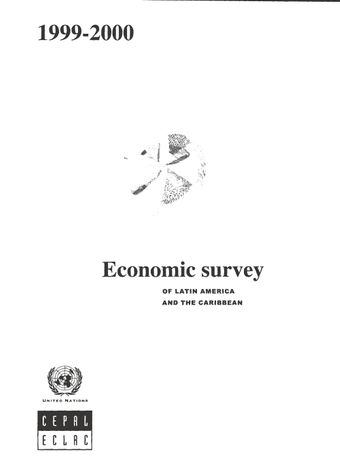Cuba

- Author: Economic Commission for Latin America and the Caribbean
- Main Title: Economic Survey of Latin America and the Caribbean 1999-2000 , pp 189-194
- Publication Date: December 2000
- DOI: https://doi.org/10.18356/9baf418d-en
- Language: English
Following two years of sluggish growth, production picked up strongly (6.2%) in 1999. Per capita GDP improved for the sixth consecutive year (5.7%) following the steep downswing of 1990-1993. The fiscal deficit was maintained at 2.2% of GDP and the rate of exchange remained stable (at 20 pesos to the dollar on the parallel market), which helped to keep inflation under control (-3%) within an economic environment marked by the stability of government-regulated prices and declining prices on the open market. The balance-of-payments current account deficit (0.6% of GDP) narrowed for the third year in a row and was the lowest in the decade in relative terms, thanks to a decline in the deficit on trade in goods and services and an increase in family remittances from abroad. Inflows from international tourism were up, but the merchandise trade deficit widened further despite the increase in the volume of commodity exports owing to a severe deterioration in the terms of trade. The positive balance on the capital account was sufficient to cover the current account deficit and add a small amount to the country’s meagre international reserves.
-
From This Site
/content/books/9789210582957s003-c007dcterms_title,dcterms_subject,pub_keyword-contentType:Journal -contentType:Contributor -contentType:Concept -contentType:Institution105



